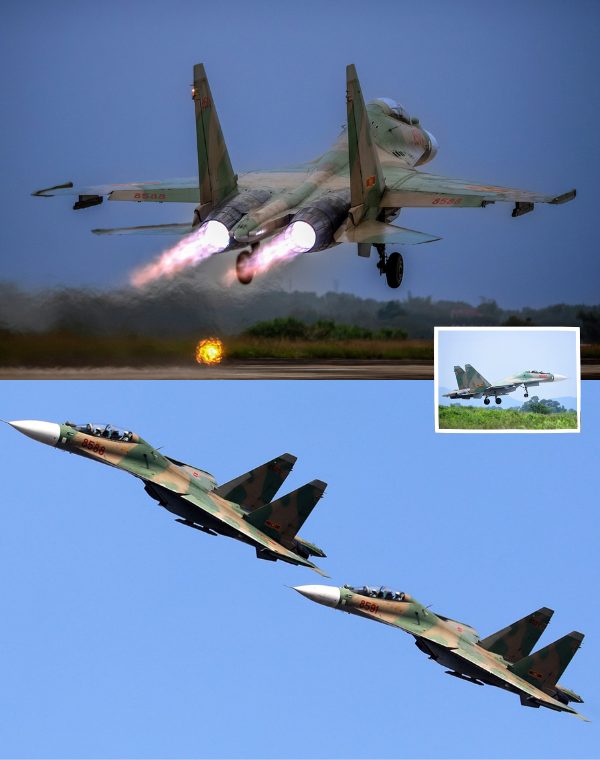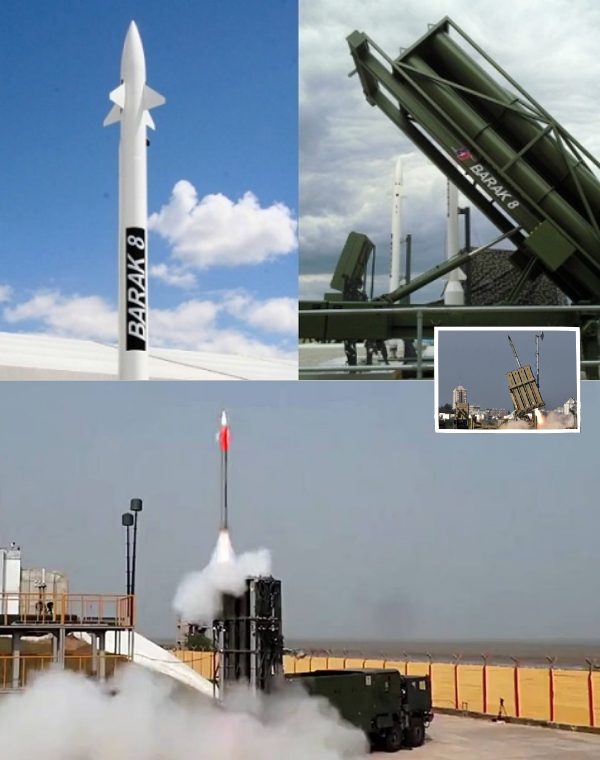India has test-fired Israeli-origin air-launched ballistic missile (ALBM) Crystal Maze-II. The extended range ALBM means that the Indian Air Force (IAF) will not need to cross the border to strike targets like Balakot, should the need arise in the future, as the entire North Pakistan is within its range.

On April 23, the Indian Defense Ministry announced that the Russian-origin Sukhoi Su-30MKI test-fired the new version of a medium-range ballistic missile manufactured by the Israeli Rafael in Andamans and Nicobar. The missile christened Rocks or Crystal Maze II, is capable of hitting targets at a distance of more than 250 kilometers.
The IAF intends to manufacture these missiles under the Make in India initiative, leveraging the technology from Israel. The relevance of ALBMs has become highlighted in the ongoing Ukraine-Russia war. Russian fighter jets have been deploying ALBMs from well within its territory and outside the hitting range of Ukrainian air defense systems.
The ALBMs are designed to strike high-value stationary and movable targets in GPS-denied environments, like the one India faced during the Kargil War.
When Pakistani troops infiltrated Kargil, India asked the US for Global Positioning System (GPS) data for the region. The US denied India’s request for information from the space-based navigation system maintained by the US government. Crystal Maze II would have been able to overcome the impediment.
The test of Crystal Maze II was carried out by India’s Strategic Forces Command (SFC). The missile allows India to strike targets deep within enemy territory without physically crossing the border.
Balakot was the site of an airstrike carried out by the IAF in February 2019. During that operation, IAF jets crossed the Line of Control (LoC) to target terrorist infrastructure in Balakot, Pakistan, 81 kilometers from Uri in Jammu and Kashmir, and 50 kilometers from the Line of Control.
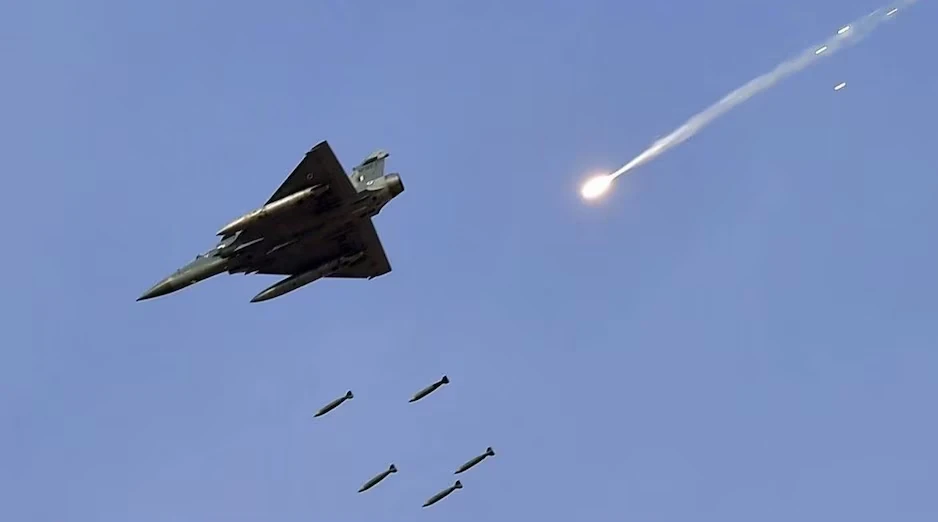
With the Crystal Maze-II, the IAF can potentially hit Balakot or similar targets without crossing the border, enhancing strategic flexibility.
ALBMs can be launched from various platforms, including fighter jets, bombers, and other aircraft. This flexibility allows for rapid deployment and adaptability to changing scenarios. Unlike ground-based missiles, ALBMs are not tied to fixed launch sites, making them harder to predict and counter by adversaries.
ALBMs can be launched from high altitudes, allowing them to bypass enemy air defenses and missile interception systems. By approaching targets from unexpected angles, ALBMs increase the likelihood of successful strikes.
Since ALBMs are air-launched, they have shorter flight times compared to ground-launched missiles. This reduced warning time makes it challenging for adversaries to respond effectively. ALBMs can be deployed covertly, catching opponents off guard. Surprise launches can disrupt an adversary’s military operations and create confusion.
Interestingly, during the Balakot strikes, the IAF could not fire any of the intended six Israeli air-to-surface missiles called the Crystal Maze-1 from the Mirage 2000 against Pakistan because its laid-down protocols did not allow it in that particular situation.
If the Crystal Maze-1 missiles had been launched along with the SPICE-2000 bombs, they would’ve provided a live video feed of the bombs hitting their targets.
ALBMs like Crystal Maze-II serve as a deterrent against aggression. They bolster India’s defense capabilities by providing an additional layer of response options. However, they come with their challenges related to aircraft modifications, safety protocols, and coordination.
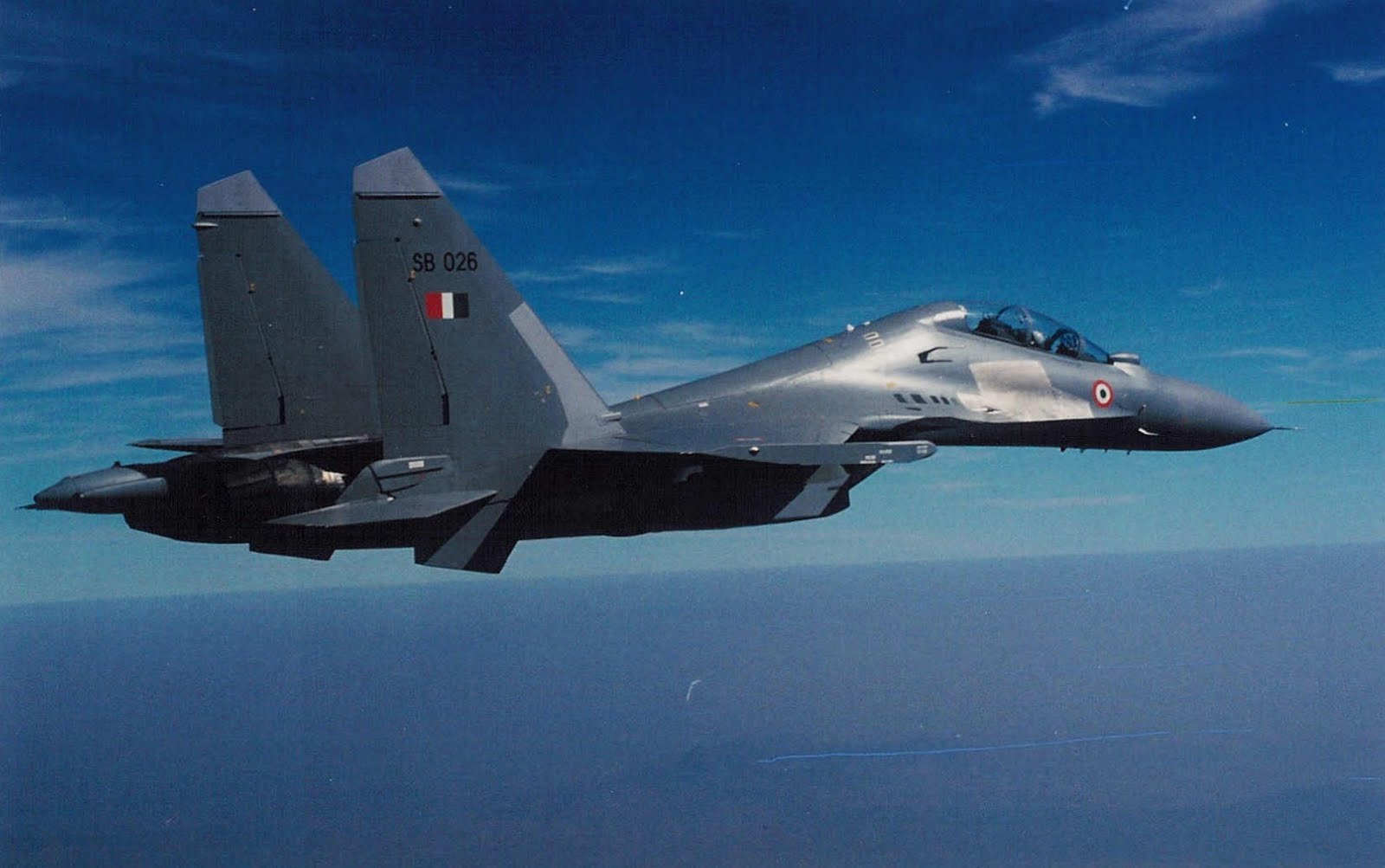 File Image: Su-30 MKI
File Image: Su-30 MKI
Crystal Maze-II
This air-to-surface missile (ASM) is a precision-guided munition developed by the Israeli defense company Rafael Advanced Defense Systems. It is renowned for its accuracy and effectiveness in striking ground and naval targets.
The missiles are equipped with advanced guidance systems, incorporating inertial, imaging infrared, or TV guidance, which guarantees exceptional precision even over extended distances.
These missiles commonly carry high-explosive warheads and can be deployed from diverse platforms, including aircraft and submarines. This adaptability renders them suitable for an extensive array of missions, from targeting enemy military installations to striking naval vessels.
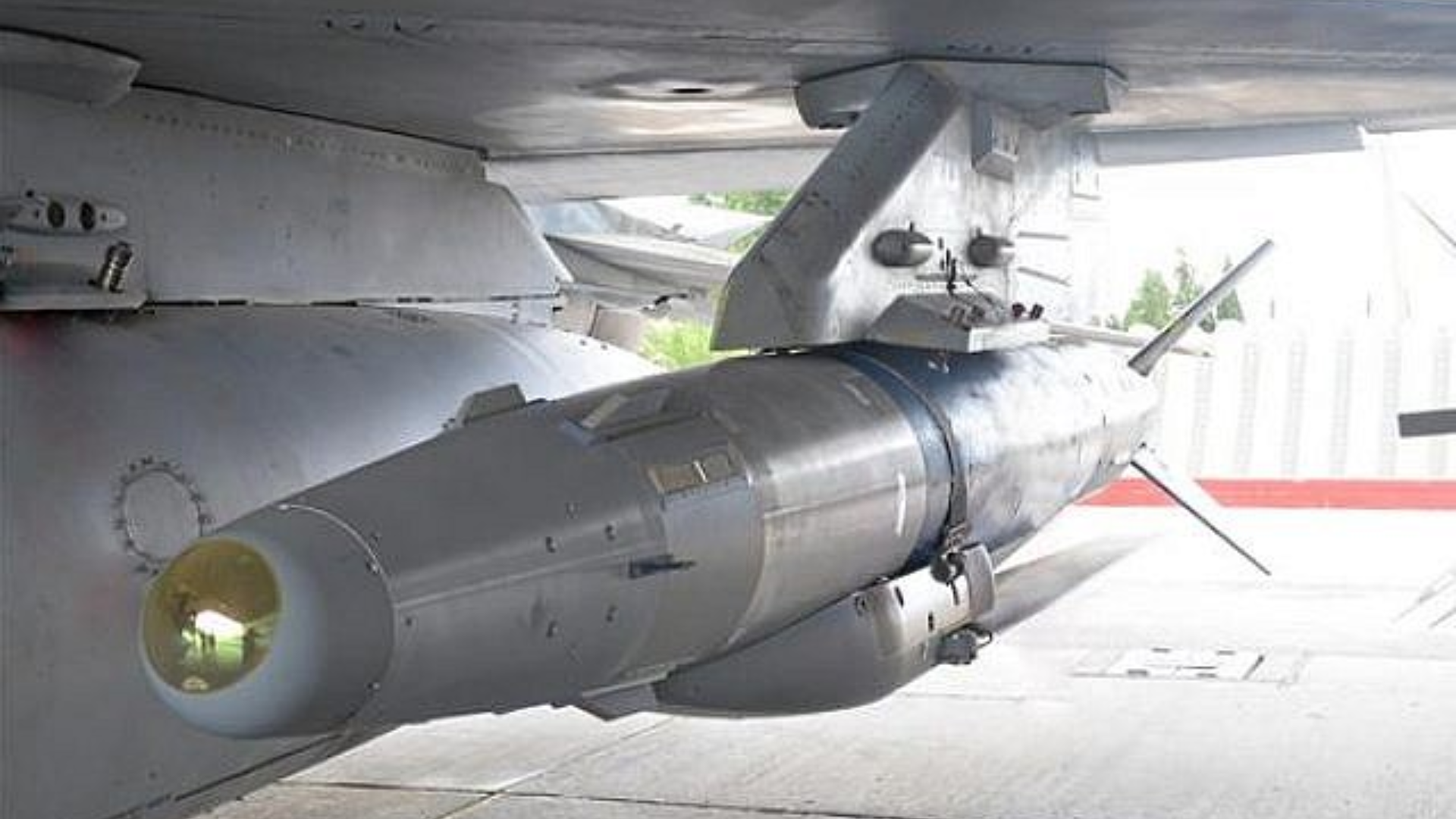
The missiles would also serve India well in the Indian Ocean Region (IOR), considered to be the country’s area of dominance.
To achieve precise terminal homing, the operator can directly control the missile through an INS (Inertial Navigation System) and a data link, using either a television or imaging infrared seeker, which depends on the specific missile model.
Importantly, the launching aircraft doesn’t need to retain control of the missile; control can be transferred to another platform while the launching aircraft safely exits the area.
The export versions offer a choice between two types of warheads: a 340 kg (750 lb) blast/fragmentation warhead or a 360 kg (790 lb) penetrator. These guidance systems work in harmony to ensure that the missile precisely reaches its intended target.

